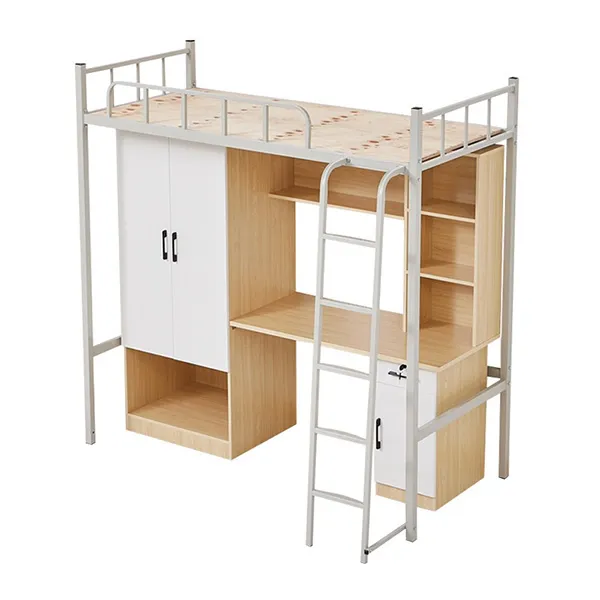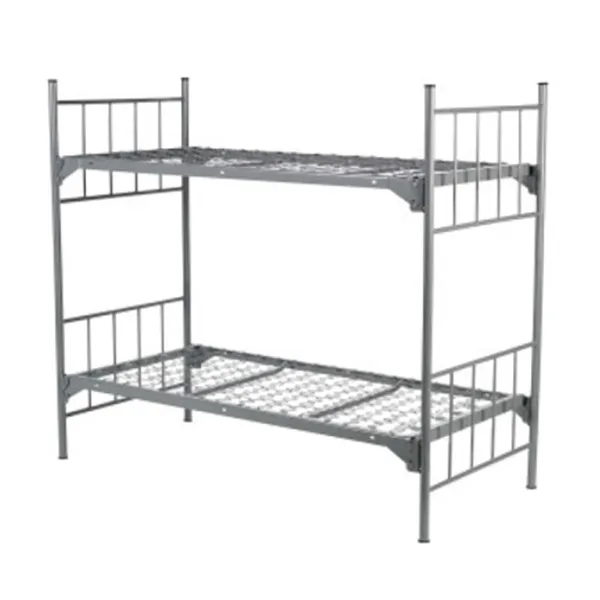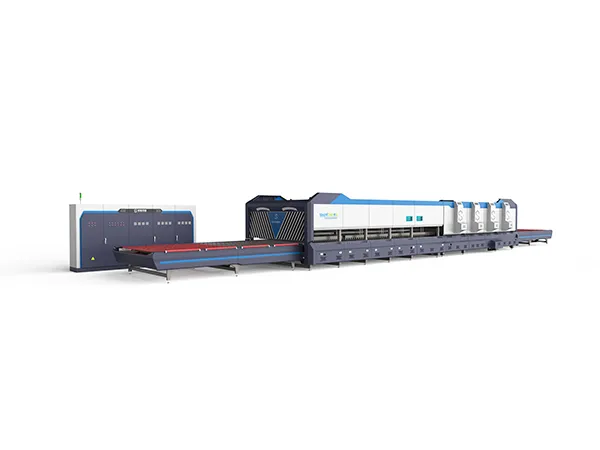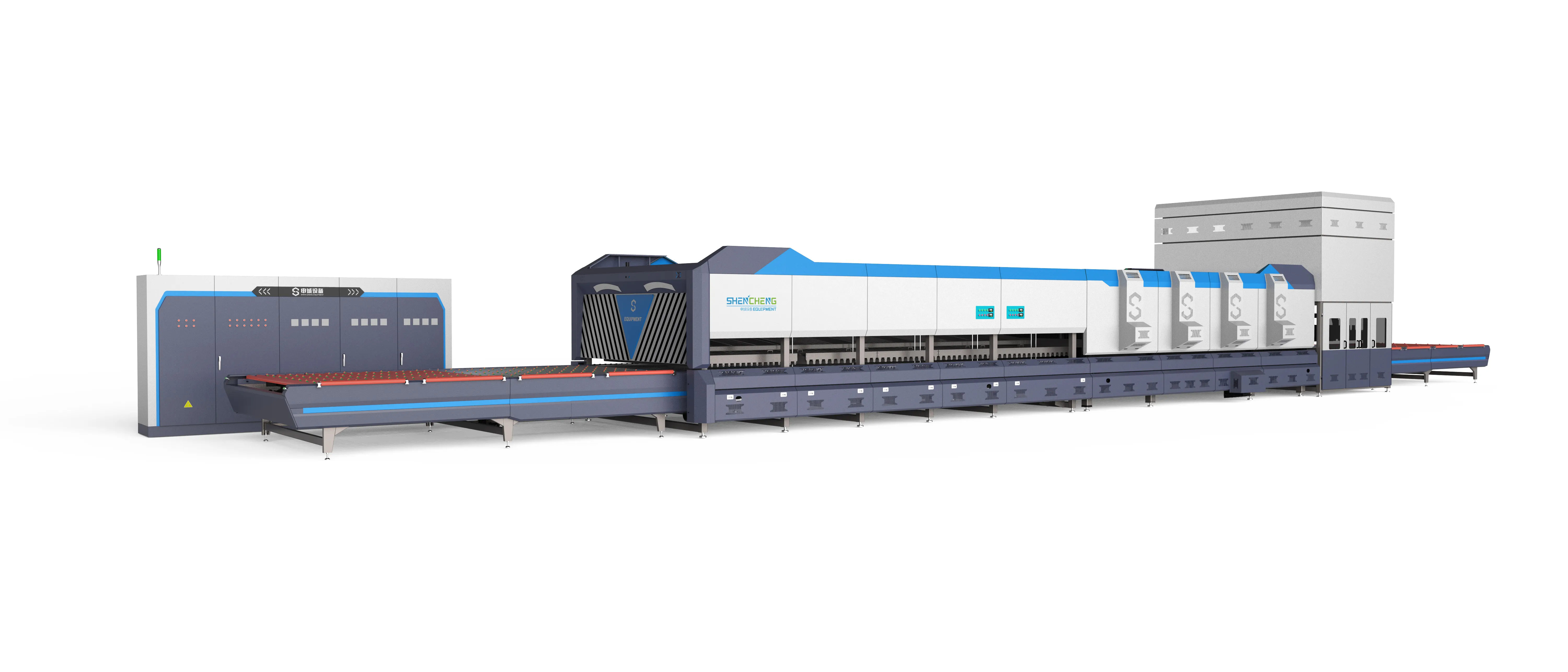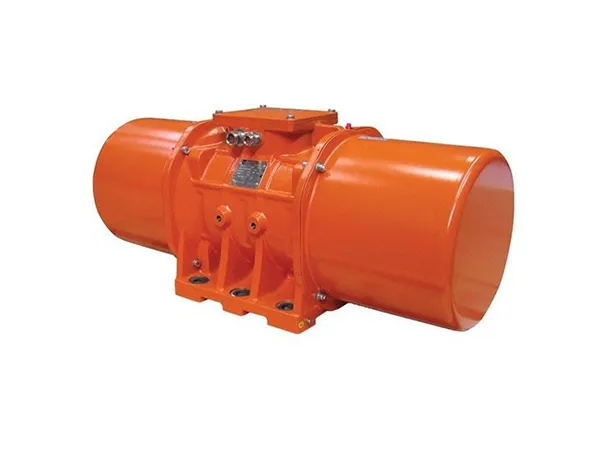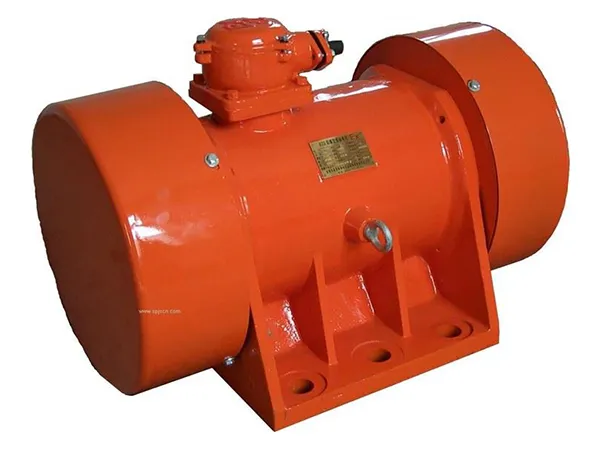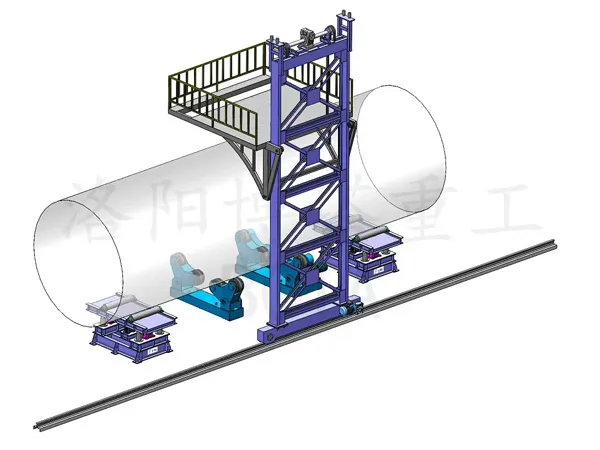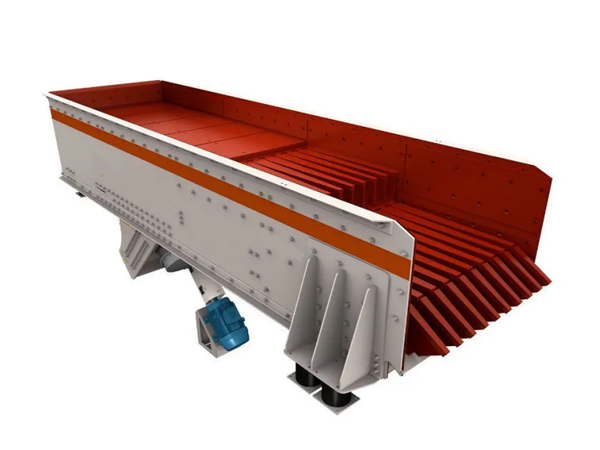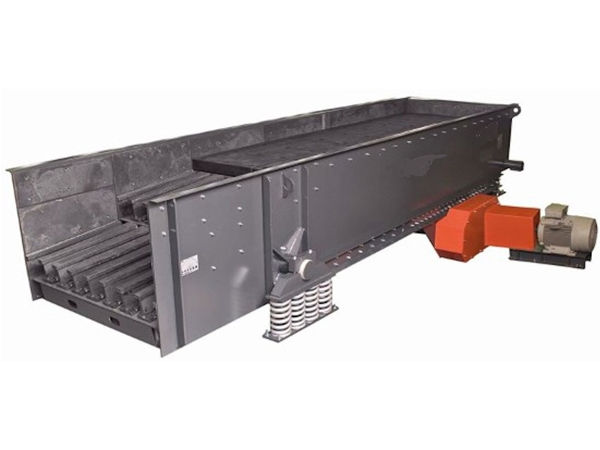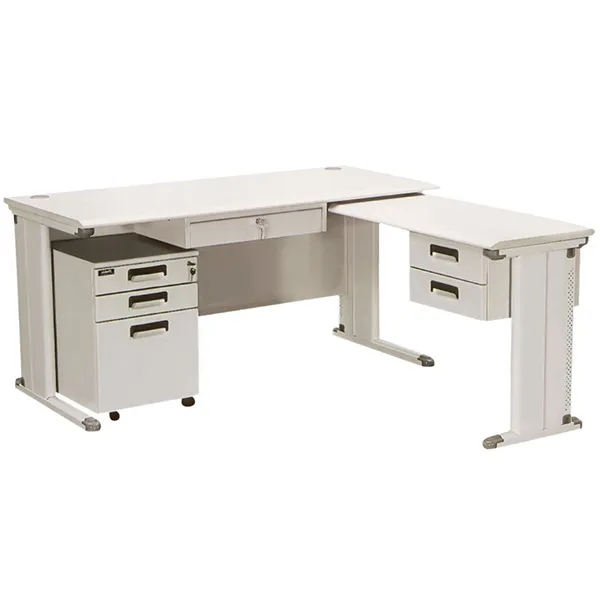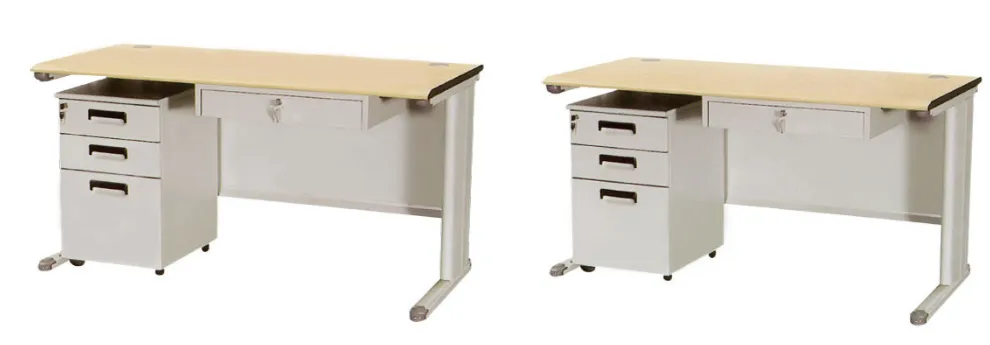https://www.ls-casting-mold.com/wp-content/uploads/2024/05/Bunk-Bed-Round-Tube.jpg
600
600
lsmojv
http://www.ls-casting-mold.com/wp-content/uploads/2018/12/lslogo-300x138.png
lsmojv2024-05-31 10:22:312024-05-31 10:22:31What are the sizes of metal beds?
https://www.ls-casting-mold.com/wp-content/uploads/2024/04/4.jpg
450
600
lsmojv
http://www.ls-casting-mold.com/wp-content/uploads/2018/12/lslogo-300x138.png
lsmojv2024-05-31 10:15:302024-05-31 10:15:30Detailed explanation of the tempering furnace operation process
https://www.ls-casting-mold.com/wp-content/uploads/2024/04/2.jpg
450
600
lsmojv
http://www.ls-casting-mold.com/wp-content/uploads/2018/12/lslogo-300x138.png
lsmojv2024-05-31 10:09:452024-05-31 10:09:45How to adjust the vibration size of the vibration motor?
https://www.ls-casting-mold.com/wp-content/uploads/2023/11/Welding-Column-Boom.jpg
450
600
lsmojv
http://www.ls-casting-mold.com/wp-content/uploads/2018/12/lslogo-300x138.png
lsmojv2024-05-31 10:03:492024-05-31 10:03:49What does the welding production line consist of?
https://www.ls-casting-mold.com/wp-content/uploads/2023/06/圆筒混料机2.jpg
400
600
lsmojv
http://www.ls-casting-mold.com/wp-content/uploads/2018/12/lslogo-300x138.png
lsmojv2024-05-31 09:56:242024-05-31 09:56:24How does the cylindrical mixer work?
https://www.ls-casting-mold.com/wp-content/uploads/2023/10/Angular-Contact-Ball-Bearings.png
490
600
lsmojv
http://www.ls-casting-mold.com/wp-content/uploads/2018/12/lslogo-300x138.png
lsmojv2024-05-31 09:41:432024-05-31 09:41:43How to install the rotating table bearing
https://www.ls-casting-mold.com/wp-content/uploads/2022/02/12-e1645582658515.jpg
600
600
lsmojv
http://www.ls-casting-mold.com/wp-content/uploads/2018/12/lslogo-300x138.png
lsmojv2024-05-31 09:28:052024-05-31 09:28:05What are the types of plant growth racks?
https://www.ls-casting-mold.com/wp-content/uploads/2023/11/微信图片_20211008143206.jpg
3000
4000
lsmojv
http://www.ls-casting-mold.com/wp-content/uploads/2018/12/lslogo-300x138.png
lsmojv2024-05-31 09:20:152024-05-31 09:20:15What are the differences between angular contact ball bearings and deep groove ball bearings?
https://www.ls-casting-mold.com/wp-content/uploads/2024/05/HSV-feeder.jpg
450
600
lsmojv
http://www.ls-casting-mold.com/wp-content/uploads/2018/12/lslogo-300x138.png
lsmojv2024-05-31 09:07:072024-05-31 09:07:07What to do if the vibrating feeder unloads slowly
https://www.ls-casting-mold.com/wp-content/uploads/2024/05/Steel-Office-Desk.jpg
600
600
lsmojv
http://www.ls-casting-mold.com/wp-content/uploads/2018/12/lslogo-300x138.png
lsmojv2024-05-28 11:06:462024-05-28 11:06:46Steel Office Desk: Technical Specifications and Considerations
Scroll to top
